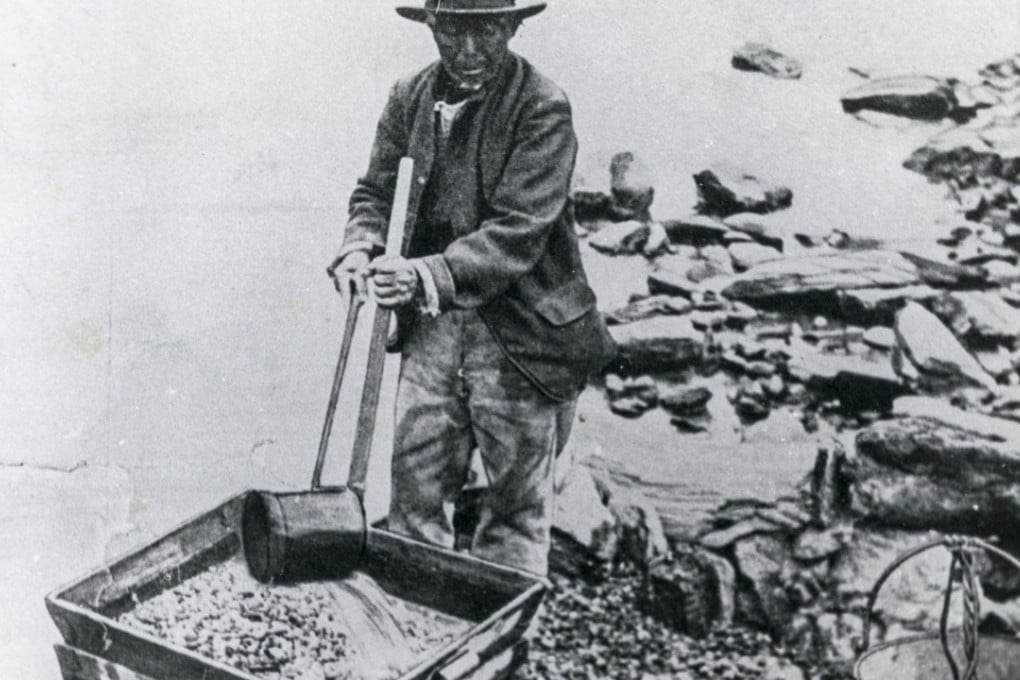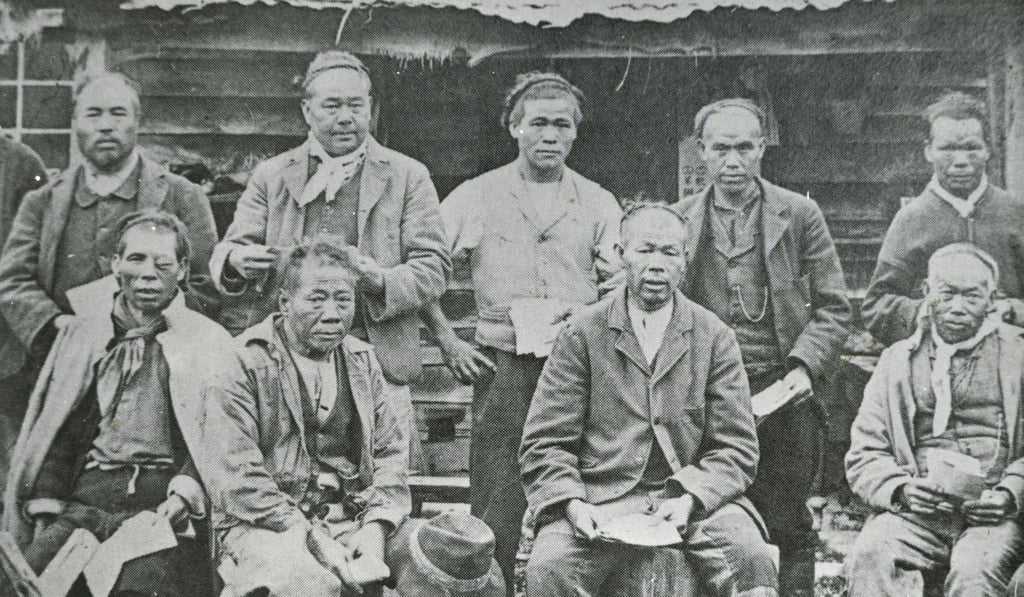How Chinese gold miners helped build New Zealand and how discrimination drove them away
Late-19th-century Chinese migrants working New Zealand’s gold fields contributed considerably to the development of the island nation, but they earned resentment as well as riches, and little evidence of their presence remains

The peace among the lotus-filled ponds of Zili village is shattered by a cacophony of quacking ducks. The verdant countryside near Kaiping city, in China’s southern Guangdong province, is largely deserted. The younger generation have gone to the burgeoning towns and cities of the Pearl River Delta in search of their fortune. About 150 years ago, the exodus was overseas.
Nine diaolou buildings and six Western-style villas built by those who struck it rich are now protected by their status as Unesco World Heritage Sites. Diaolou are fortress-like towers that incorporated the latest Western-style building techniques at the time with traditional Chinese architectural cues, and stand testament to the enterprise of the adventurers who built them.

A sign in the local museum, which sits amid Zili’s lush rice fields, puts today’s population of Kaiping (Hoiping in Cantonese) at 680,000 inhabitants, although it adds curiously that a further 750,000 live overseas. Of those, 1,710 reside in New Zealand, it states.
Kaiping’s association with the Land of the Long White Cloud dates back to the second half of the 19th century, when about 8,000 Chinese migrants worked the goldfields of the Otago-Southland and West Coast regions of the South Island. The great majority came from Guangdong province and in particular the area known as Siyi (Sze Yup): the four counties of Kaiping, Xinhui, Taishan and Enping.
Until the 1980s, most of New Zealand’s Chinese population could trace their ancestry back to these migrants, although some of the more successful ones were shopkeepers, or played some other such supporting role.

